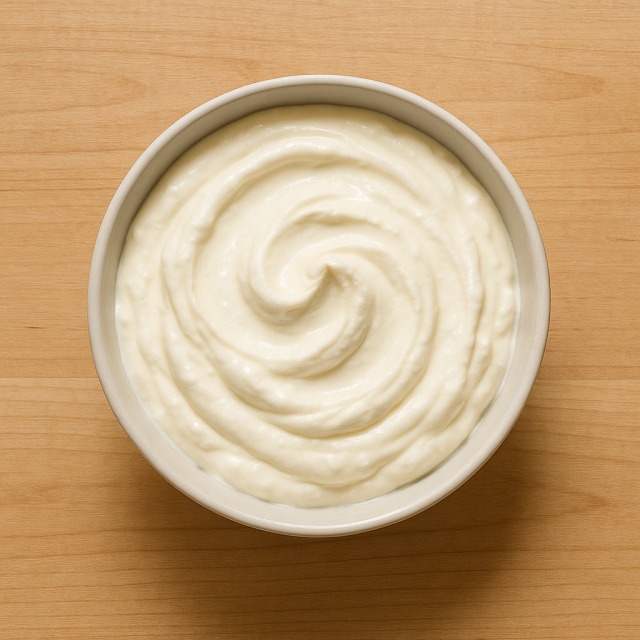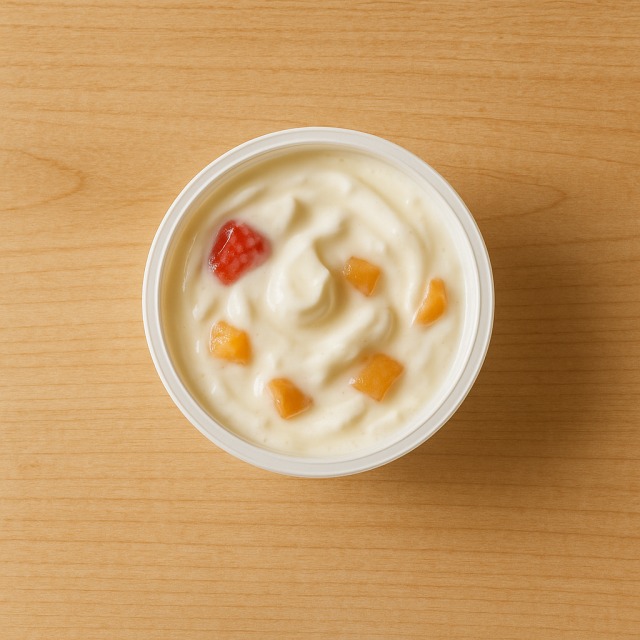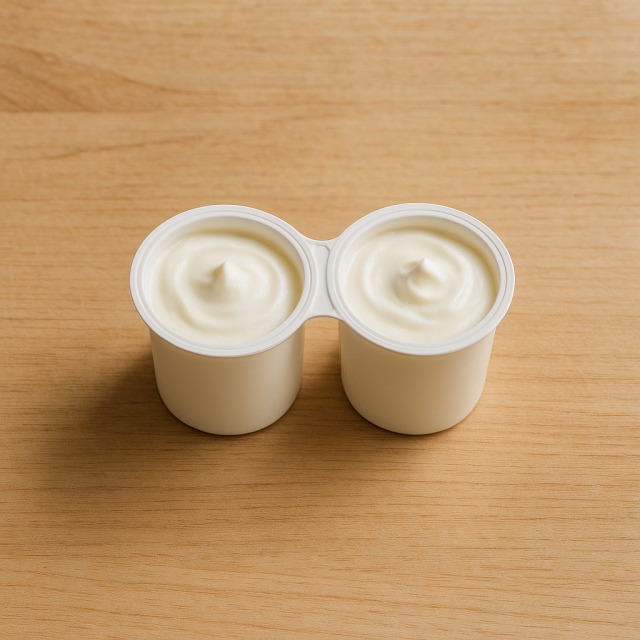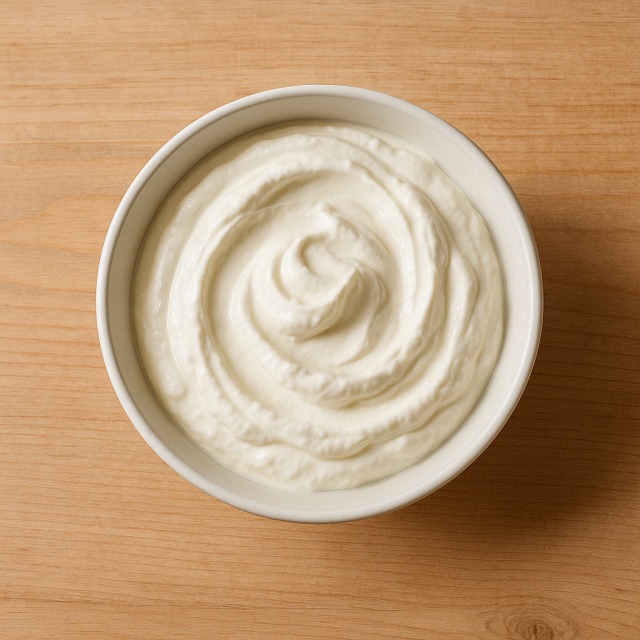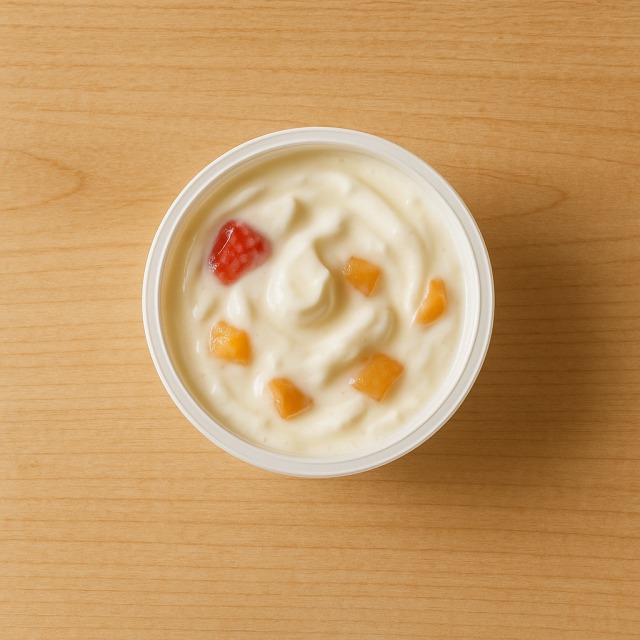Calorie Chart / Desserts / Faisselle
How Many Calories Are in Faisselle?
Calculation of the nutritional value & Recommended Dietary Intake of faisselle
For g and a calorie requirement of kcal
| Calories 109 kcal | Proteins 5.4 g | Lipids 7.6 g | Carbohydrates 4.6 g |
| 5% | 7% | 11% | 2% |
Health benefits of faisselle
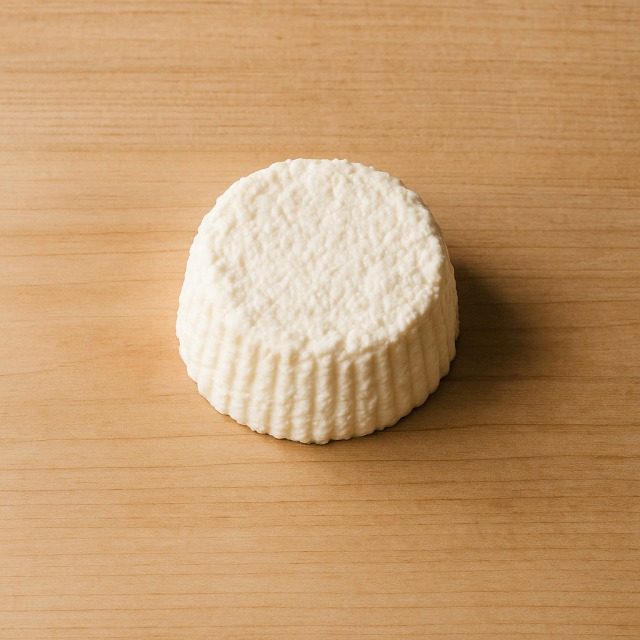
Faisselle - 100g
Calories 87 kcal
Proteins 4.3 g
Lipids 6.1 g
Carbohydrates 3.7 g
Faisselle is a fresh, unripened cheese obtained by gentle draining of curds. With only 87 kcal per 100 g, it is considered a moderate-calorie dairy option, delivering a satisfying texture without the high calories of aged cheeses. Its high water content (almost 80 %) contributes to hydration while still supplying valuable nutrients.
Rich in calcium and phosphorus, faisselle supports bone health and muscular contraction, and the presence of vitamin B2 (riboflavin) and vitamin B12 helps energy metabolism and red-blood-cell formation. Like other cultured dairy products such as yogurt, it may carry live lactic ferments that are reputed—though still partly supposed—to support gut microbiota balance. The moderate amount of protein (4.3 g/100 g) makes it useful for recovery after sports sessions without a huge calorie load.
Historically, faisselle owes its name to the pierced clay or plastic mold ("faisselle") in which it drains. This artisanal technique keeps the curd extremely fresh, resulting in a mild flavor that pairs easily with sweet or savory dishes while allowing good control of daily calories.
Tips for incorporating faisselle into a balanced diet
Because faisselle is light in calories yet creamy, it can replace richer desserts: top a small bowl with a drizzle of honey and a handful of chopped walnuts for a balanced 10 o'clock snack. If you need even fewer calories, swap honey for diced apple and a pinch of cinnamon.
For a refreshing starter, mix faisselle with diced cucumber, mint, and lemon—an express tzatziki delivering proteins without the oil overload. It also blends well into a chilled quinoa salad: combine cooked quinoa, cherry tomatoes, and herbs, then stir in faisselle just before serving; you get a full meal with controlled calories and complete proteins.
Craving dessert after training? Blend faisselle with puréed strawberries or blueberries, then freeze for 30 minutes for an instant frozen yogurt-style treat that keeps calories in check. Finally, you can lighten a traditional cheesecake recipe by swapping half the cream cheese for faisselle—texture stays creamy while total calories drop significantly.
Frequently Asked Questions
- How many calories are in faisselle?
- 87 kcal per 100 g.
- Is faisselle high in protein compared with other fresh cheeses?
- With 4.3 g of protein per 100 g, faisselle contains less protein than fromage blanc 0% but more water, which helps limit calories.
- Can I eat faisselle while trying to lose weight?
- Yes. Its moderate calories and satisfying volume make it a smart snack or dessert when portioned at 100–150 g and paired with fruit instead of added sugar.
- How does faisselle differ from Greek yogurt in terms of calories?
- Traditional Greek yogurt averages 120–130 kcal/100 g, whereas faisselle sits at 87 kcal/100 g, so it is lighter while still providing similar freshness.
- Does faisselle contain lactose?
- As a fresh cheese, faisselle retains a fair amount of lactose. People with severe lactose intolerance should prefer lactose-free alternatives like certain brands of tofu yogurt.
- What is the best way to store faisselle?
- Keep it refrigerated below 4 °C in its whey. Consume within 48–72 hours after opening to maintain flavor and avoid bacterial growth.
Similar foods
Information provided by Calorie Menu may contain inaccuracies or errors. It cannot, under any circumstances, substitute medical advice or medication.
